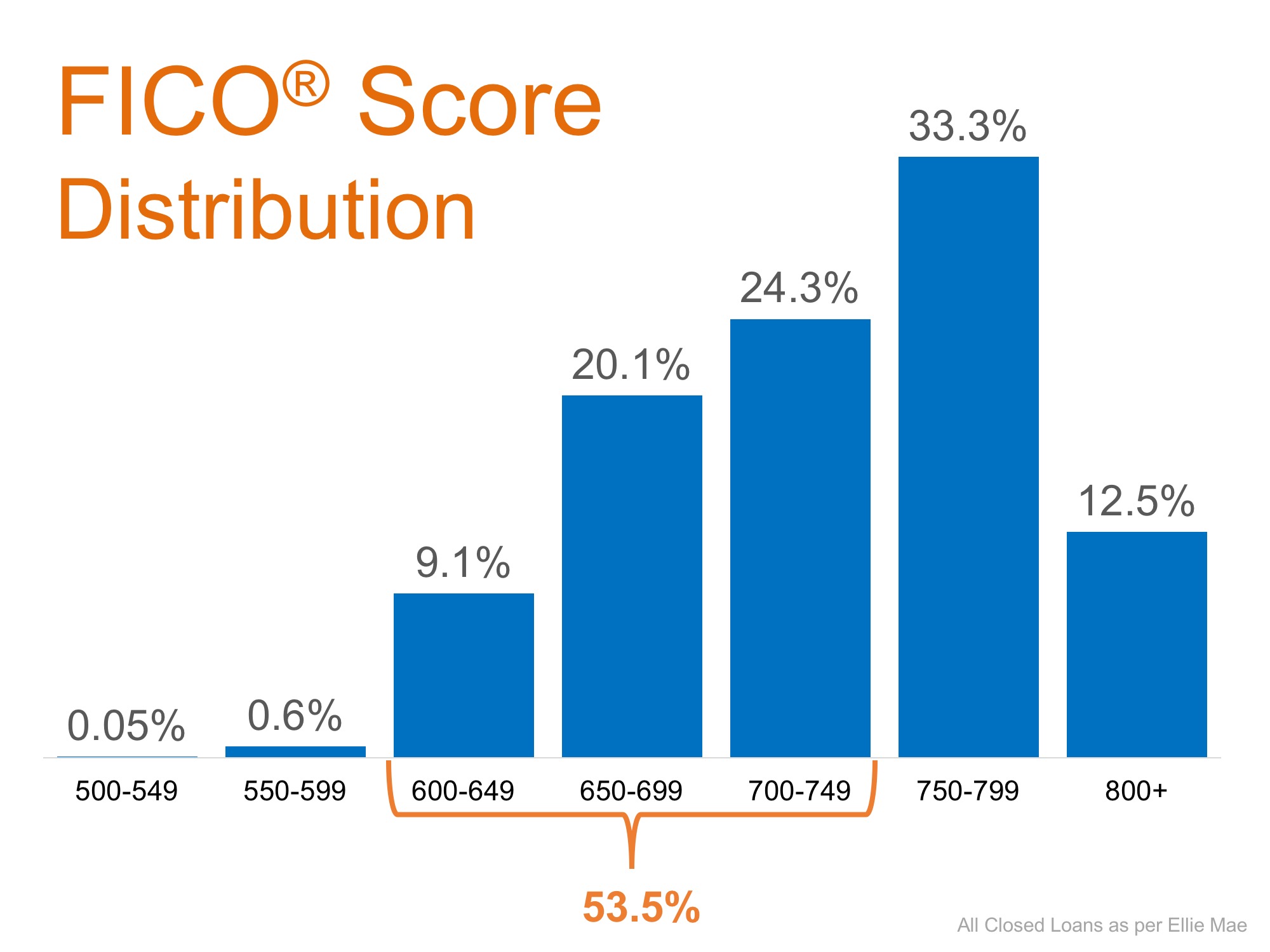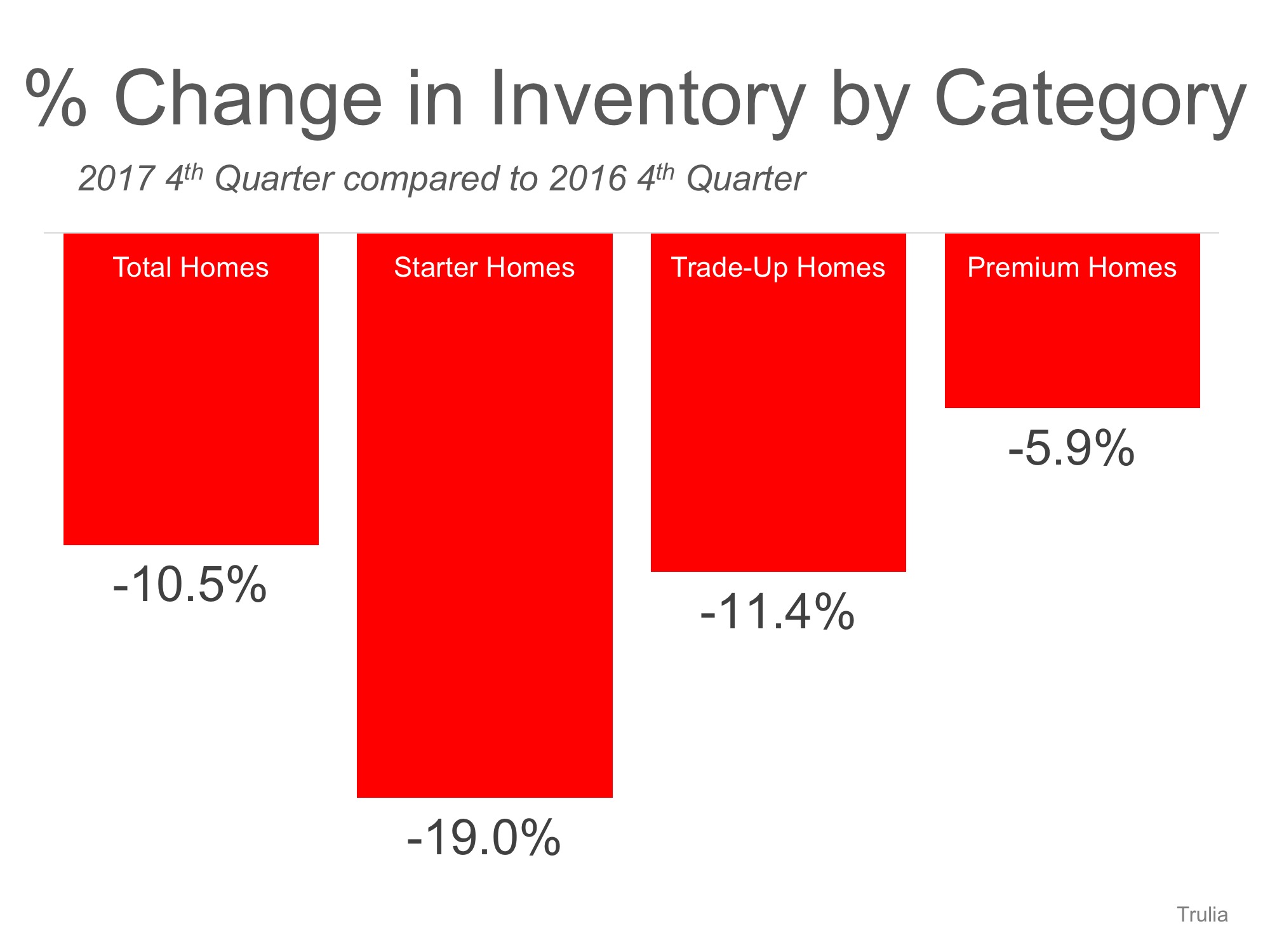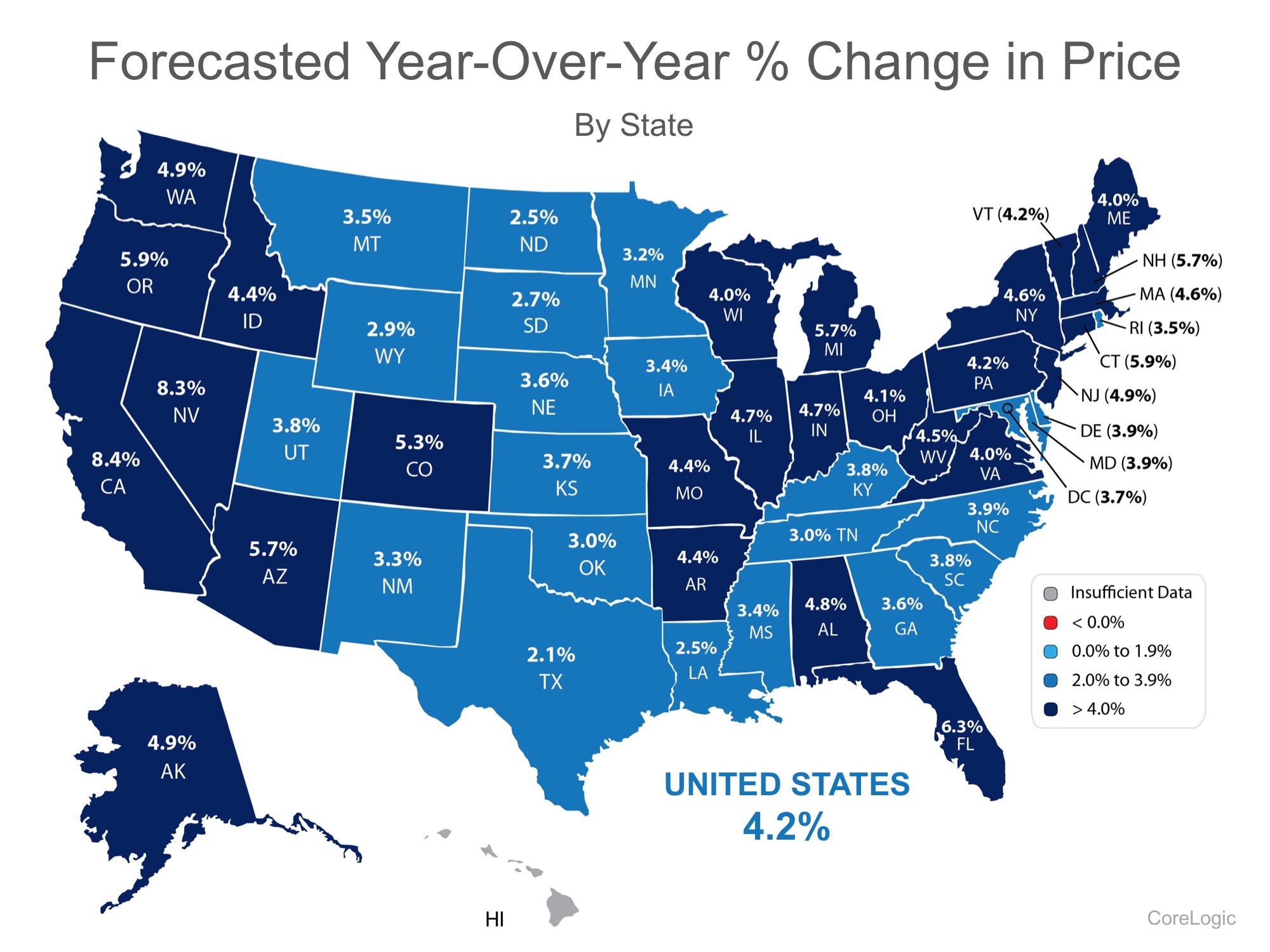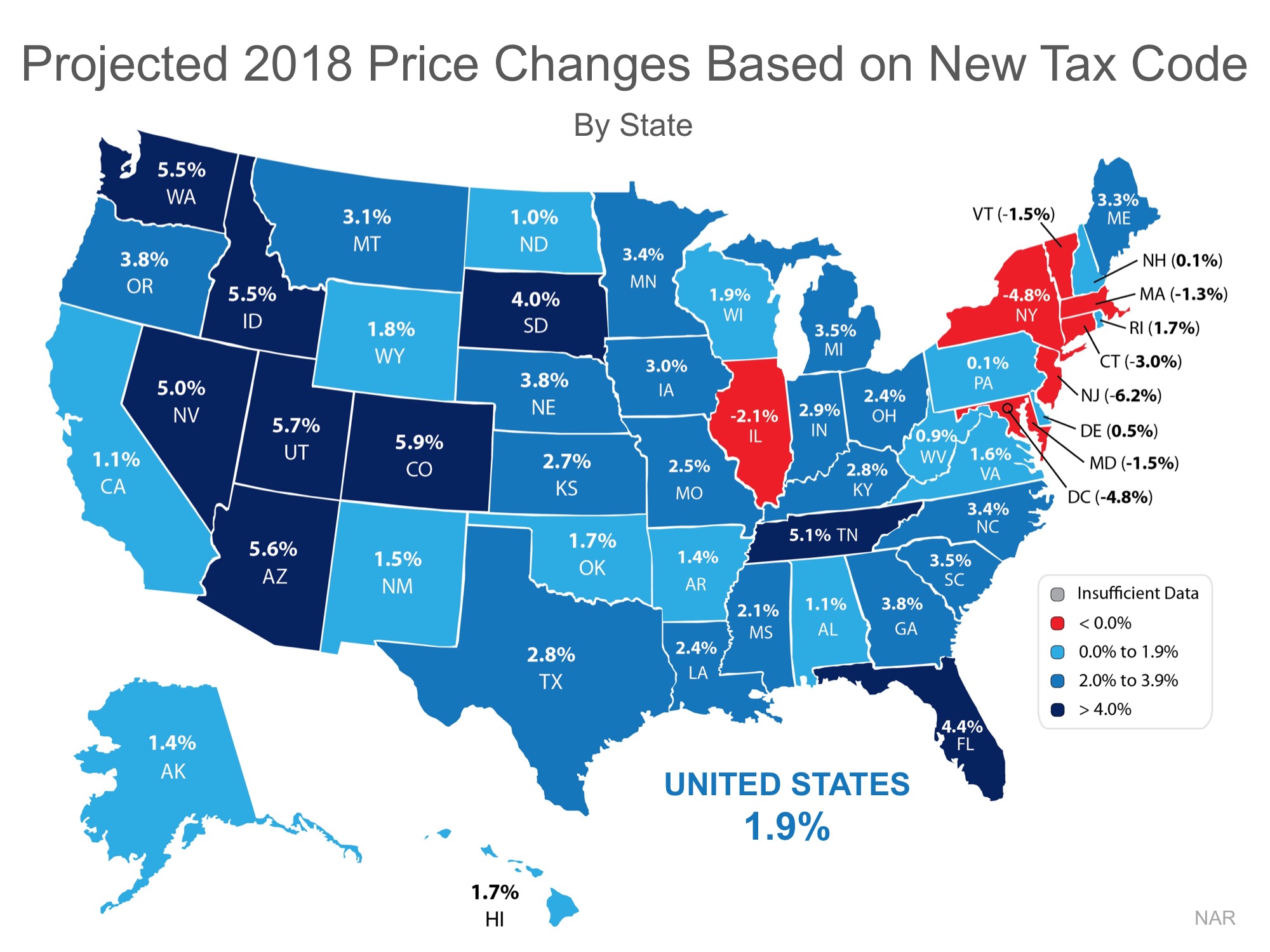Don’t Put Off These Home Repairs
It is normal to be faced with an unexpected home repair project in the winter. With more rain, leaks are much more apparent and water puddling is a sure sign of a problem. But water isn’t the only challenge that needs to be addressed sooner rather than later as they often wind up costing more to fix down the road. Here are some other home repair challenges that you should act on ASAP:
- Electrical systems issues – Electrical problems can cause fires and can electrocute people. If you have circuit breakers that frequently trip, lights that dim when you plug in a new appliance, power surges or flickering, outdated two-pronged outlets with no ground, outlets that are loose, or other unexplained electrical challenges, you may have an electrical issue that needs to be addressed. Hire a licensed electrician to review the situation as soon as possible.
- Roofs – A roof with holes or leaks can lead to a whole host of problems – rot, mold, electrical short circuits, and insects. Stains, dampness, or bubbling on the ceiling, shingles that are curling, missing or broken could be indicative of leaks or impending leaks. Roofs should also be checked if you have algae or an excess of moss growing on your roof or you hear animals or insects in your attic. You should have a professional roofer inspect your roof and make recommendations for repair.
- Gutters – Gutters move water away from your home and it is important these are in working order. If your gutters are dented, disconnected, have missing pieces, have had branches or trees fall on them, or there is water pooling around the bottom of the downspouts or in the basement, you could have a problem that should be addressed as soon as possible.
- Exterior walls – Exterior paint and caulk between seams protects the home by creating a seal. If the paint is faded, bubbled, peeling, or cracked it is time to repaint. If the caulk has shrunk, it needs to be replaced.
- Basements – Structural problems in your foundation can lead to the upper floors shifting, putting the integrity of your home at risk. Take a look at concrete walls for cracks and take a look at the beams and posts for splits, bowing, and rot. If you see evidence of these problems, a home inspector who is an expert on foundation issues or a structural engineer may be a good first step.
- Infestations – A few insects can quickly turn into a few thousand. Don’t ignore termites, boring beetles, carpenter ants, and even bugs like bees and wasps as these can affect the walls and beams. Got squirrels, other rodents, or bats in the roof? These can chew on electrical wires, exposing live wires to wood and insulation, which can be a fire hazard.
While you would rather be spending your money on vacations, hobbies, and fun activities, it is important to invest back in your home when problems arise. Have you noticed something about your home that needs attention? Need a referral for property repair? Please reach out: 253-222-2626 or john@altitude-re.com.













